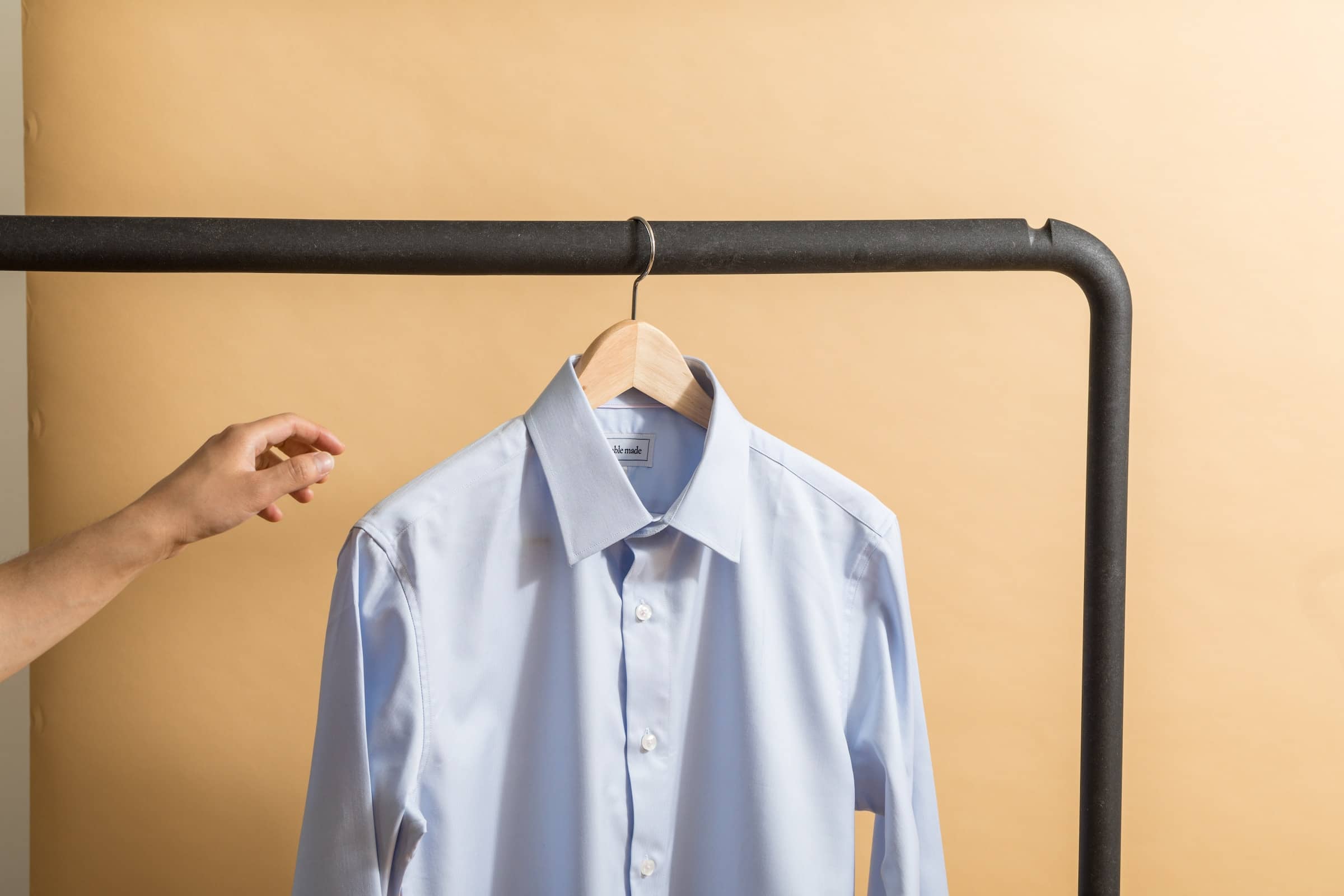Note: This is a guest post from Emily McDermott of Simple by Emmy.
“What do you want to drink?” I asked my youngest son over breakfast.
“Milk!”
I pour milk into the small glass in front of him, stopping at a groove about a quarter of the way up we call the “Sean line.”
I had learned many times that when I filled the glass to the brim without thinking, he never finished it all.
I pick up my phone and take a picture of him smiling with a milk mustache, and am reminded of the disposable camera I brought to camp as a teen. 24 chances to capture the memories of the summer. I take ten photos of my son with a milk mustache with the small computer in my hands that can hold thousands of photos.
The boys ask if they can watch a show. “Mom, it’s the one with the dinosaur cops that live in the clouds. Remember?”
I don’t. “OK,” I reply. “What is it on? Netflix? Disney Plus? YouTube? Amazon Prime?” They shrug their shoulders and I sigh, preparing myself for the ten minutes I’ll spend finding the one show they want among all the streaming services.
When I started my minimalist journey almost a decade ago, I was in the midst of an infertility journey. I was stressed, overwhelmed, and desperately wanted to become a mom. When I learned about minimalism and simplicity, I slowly began to make the physical and emotional space to prepare for the children I dreamed would come.
Over the years, I developed my own personal definition of minimalism by learning from mentors I had never met, including The Minimalists, Joshua Becker, and Courtney Carver.
What I settled on: Minimalism is a lifestyle about making room for what matters most so I can live in alignment with my values and pursue my highest purpose.
Variations of this definition of minimalism, what I would call “values-based” minimalism, are very prevalent through the minimalism community. And while I agree with making decisions based upon my values and what matters most to me, I have recently learned that there is a missing piece to minimalism that is critical to the equation—living within our capacity.
When I work with overwhelmed moms to declutter their homes, I see rooms filled to their capacity. Overstuffed closets. Toys spilling out of bins. Papers strewn across every surface.
These moms think there’s something wrong with them. They tell themselves they just need to be better at organizing their stuff, so they buy more bins and wonder why it isn’t working. Or they wish for a bigger home, so they won’t feel the constant weight of all the stuff around them.
Even if they make decluttering decisions based upon their values and what matters most to them and their families, their homes often fill up with stuff again. Why? We can always justify keeping something if we have the space for it.
But what if we made decisions about what to keep in our homes and on our calendars not by square footage or the number of hours in the day, but our ability to effectively manage our stuff and responsibilities?
What if we stopped exceeding our capacity and decided to live within it instead?
Unfortunately, similar to minimalism, living within our capacity is a countercultural idea. We constantly feel the pressure to have more and do more.
And while the world speeds up and its technological capacity continues to increase rapidly, I would argue that our capacity as humans has not.
For the first ten years of my life, we had six TV channels. My children have thousands of choices on multiple streaming services. But is my capacity to manage this increase in choices more than my parents? I would say no.
As a teen, I got my 24 photos from camp developed at the drug store. Now I can take thousands of photos on my phone a day. But has my capacity to manage photos increased dramatically now that I’m an adult? No, which is why so many moms I know are drowning in photos—but don’t feel like they are capturing any memories.
When my grandmother wanted to buy socks for her four kids, she went to the one local store and got the one brand of socks. I go to Amazon where hundreds of brands (and reviews) cause me to give up an hour later because of decision fatigue—with no socks to show for my time.
The amount and speed of information has exponentially increased our choices, and it’s become so normal in our culture we are expected to easily and seamlessly manage it. But we were never meant to manage this much.
So how do we live within our capacity in a “fill to the brim” culture?
We have to create artificial boundaries based upon our capacity—and our desire—to manage that amount.
We have to look at a container—a room in our home, a day on our calendar, a glass on our counter—and find our “Sean line.”
We have to ask ourselves what is worth our precious time, energy, focus, and attention—and say no to anything that exceeds it.
Overwhelmed. Exhausted. Burnt out. Stretched thin. Defeated. These are words I hear from moms every day. But does this have to be our reality?
When we build our lives around what matters most, and within our capacity to manage it—we can experience the fullness of joy and peace that minimalism offers.
***
Emily McDermott is a wife, mother of two energetic boys, and simplicity seeker. She writes at Simple By Emmy and is also the host of the top 1% globally ranked podcast Moms Overcoming Overwhelm, where she helps moms declutter their homes, heads, and hearts. Emily enjoys writing custom poetry, dancing, and eating peanut butter out of the jar.
